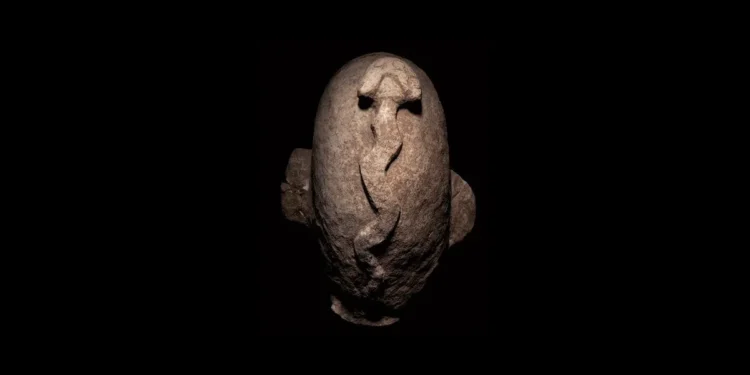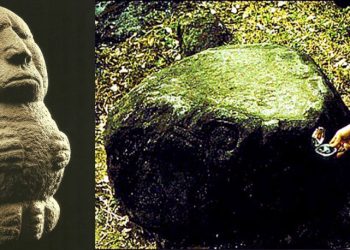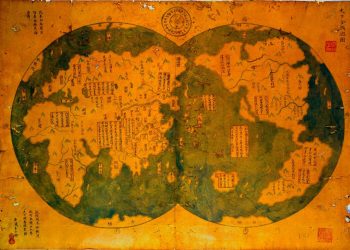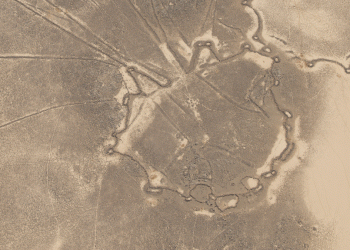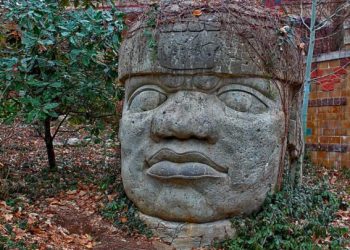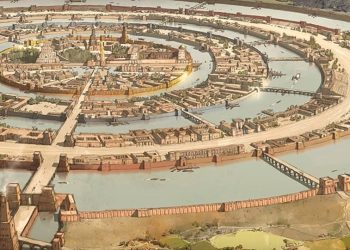Long before the towering pyramids of Egypt touched the sky, ancient civilizations around the world had already mastered the impossible. They moved stones heavier than modern machines could lift. They carved temples that aligned perfectly with the movements of the stars. And they did it all without writing, without steel, and without recorded history.
How ancient civilizations mastered stone and sky
History, as we know it, begins around 5,000 years ago — with writing, cities, kings, and monuments. But the Earth holds secrets that go back far further. Across Turkey, Israel, and the forgotten corners of the ancient world, there are structures carved in stone that predate everything. No texts. No empires. Just raw knowledge. And the hands that left it behind. These are some of the oldest structures on Earth. And their existence raises a question we still can’t answer: Who built them — and why?
Boncuklu Tarla
Mardin, Turkey — 12,000+ years old.
At the edge of the Tigris River in southeastern Turkey lies Boncuklu Tarla, a vast archaeological site that predates even Göbekli Tepe. What started as a salvage excavation in 2008 quickly turned into one of the most surprising prehistoric discoveries of our time.
The site features a massive communal structure, believed to be a temple, with a floor plan unlike anything else from that period. Built with megalithic pillars and equipped with a sophisticated sewage system, it points to early examples of planning and social organization. Some researchers suggest it could be one of the first known instances of sacred architecture in human history. Despite its significance, Boncuklu Tarla remains largely unknown. Its secrets are still buried beneath layers of time and soil.
Çakmaktepe
Şanlıurfa, Turkey — Possibly older than Göbekli Tepe.
Çakmaktepe is one of the newest and most enigmatic discoveries from the so-called “Stone Hills Project,” a regional survey that has uncovered dozens of previously undocumented prehistoric sites. Located in the same region as Göbekli Tepe, it might prove to be even older.
Although excavation is still underway, Çakmaktepe has already revealed stone enclosures, sculptural fragments, and evidence of deliberate alignment with celestial bodies. If future research confirms its age, this site could completely shift our understanding of early ritual spaces and the people who built them.
Ohalo II
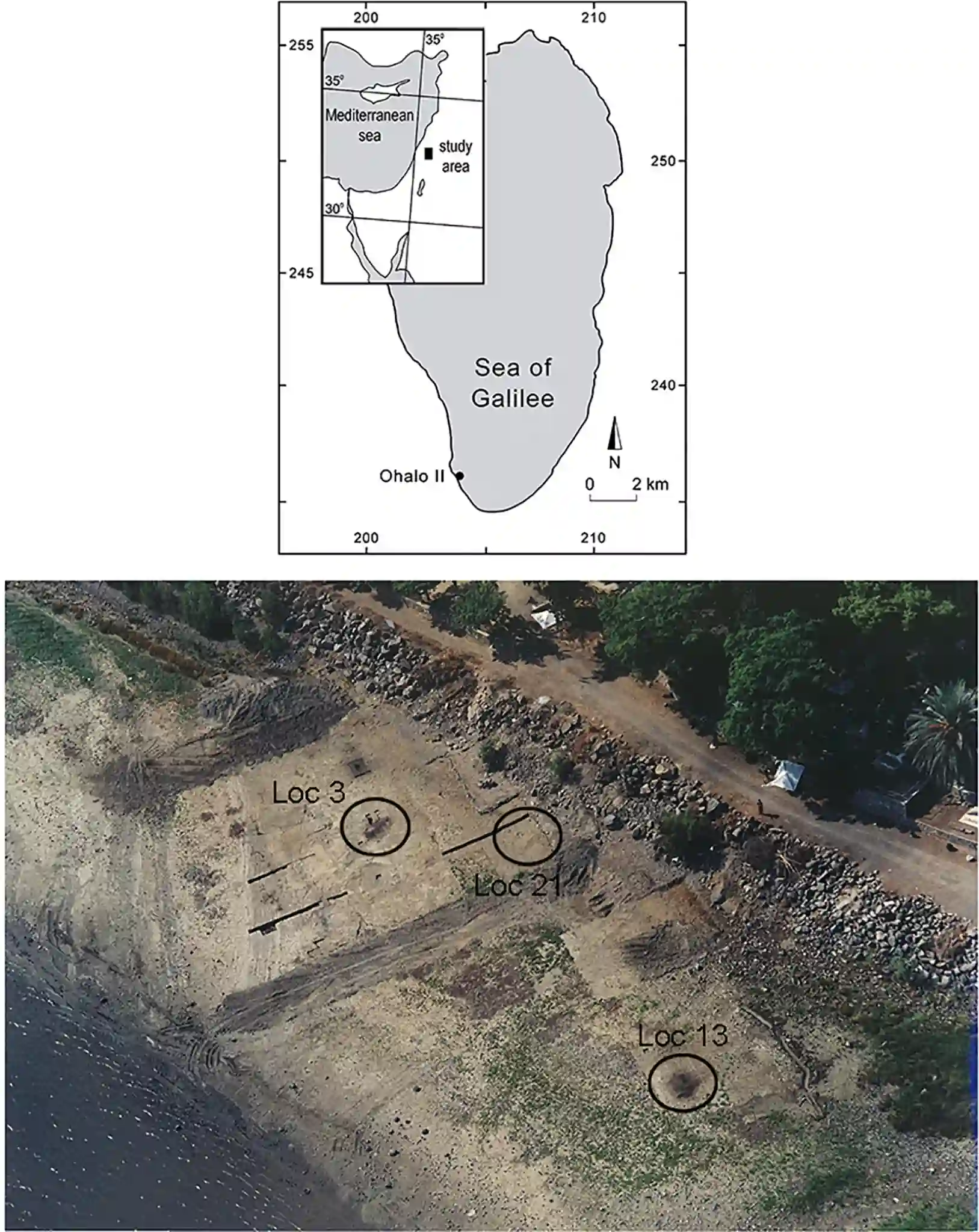
Sea of Galilee, Israel — 23,000 years old.
Long before farming and long before stone temples, there was Ohalo II, a lakeside encampment buried by rising waters near the Sea of Galilee. Discovered in 1989, this site offers a rare glimpse into life during the Ice Age. It includes six brush huts, fireplaces, tools, and the remains of more than 100 plant species, including some early cultivated grasses.
Dated to around 23,000 years ago, it challenges our understanding of when humans began to live in permanent or semi-permanent communities. Ohalo II pushes back the timeline of settlement and suggests that our ancestors were experimenting with cultivation thousands of years before the rise of agriculture.
Nevalı Çori
Southeastern Turkey — Early Neolithic.
Before it was submerged by the waters of a dam, Nevalı Çori offered a rare glimpse into early Neolithic culture and symbolic life. Excavated during the 1980s and 1990s, the site revealed rectangular buildings, stone sculptures, and some of the earliest signs of ritual practices built into architecture.
Its layout shares striking similarities with Göbekli Tepe, including the T-shaped pillars and carved animal figures. Some archaeologists believe Nevalı Çori was not an isolated case but part of a broader cultural tradition that lasted for centuries, possibly even longer.
Rather than being a one-off achievement, this site seems to be a missing piece of a much older and still unfolding story about where we came from and how we lived.
Gunung Padang
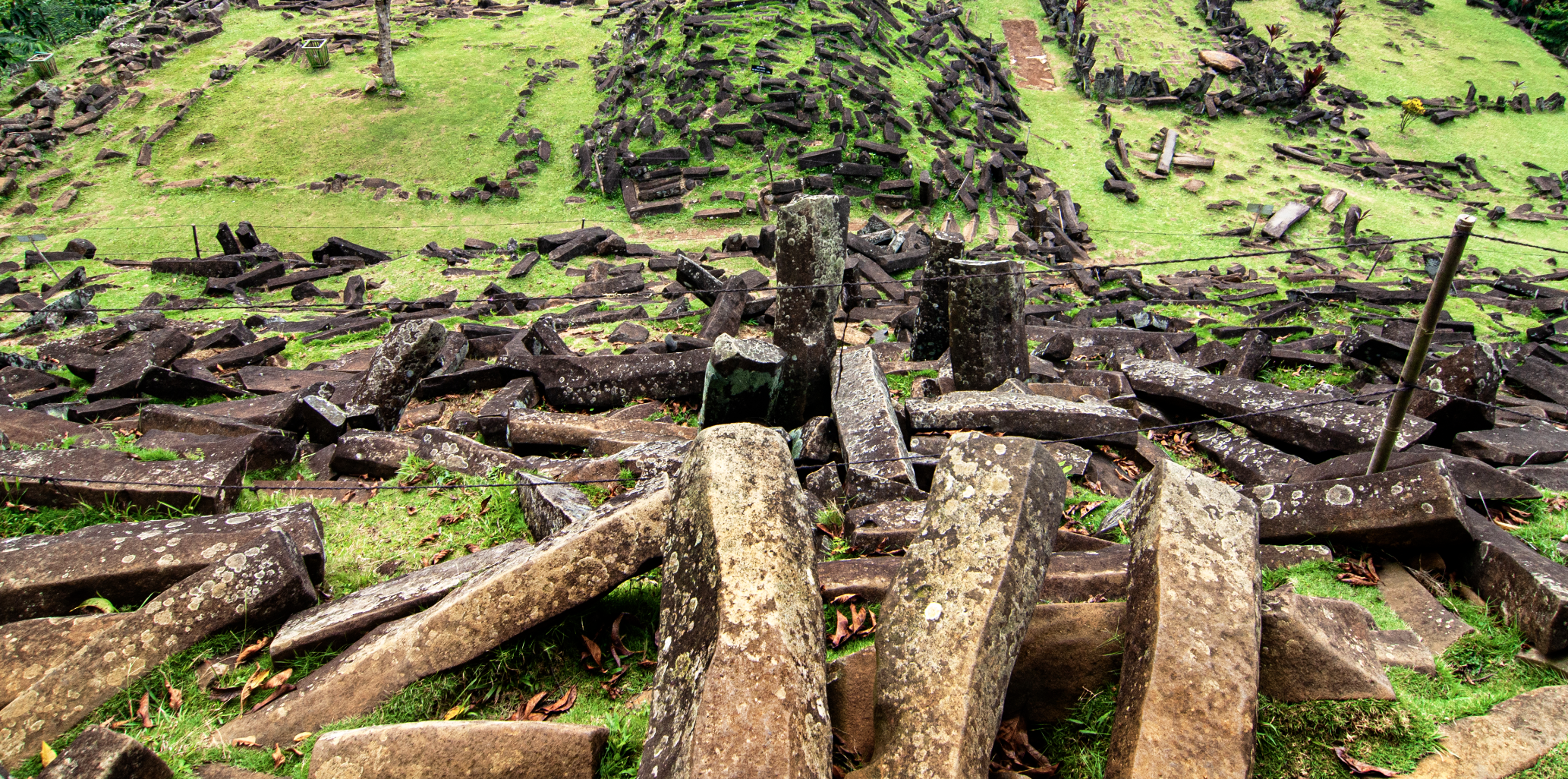
West Java, Indonesia — Dates controversial.
Gunung Padang is a mysterious hill crowned by stone terraces which were long assumed to be a natural formation modified in recent centuries. But deeper scans and excavations suggest something far more ancient beneath the surface.
Some researchers claim parts of the structure could date as far back as 20,000 BCE, based on radiocarbon samples from buried layers. The site features polygonal stonework, underground chambers, and what some believe could be remnants of a forgotten culture lost to time.
The dating is hotly debated, but if proven accurate, Gunung Padang would be the oldest known structure on Earth — and its origin would force a massive rewrite of human prehistory.
The Importance of These Sites
These ancient sites don’t fit the story we usually hear. We’re taught that humans started as simple foragers, then became farmers, and eventually built cities. But these places suggest something different. They hint at a much older world where people may have had complex ideas, shared beliefs, and skills we still don’t fully understand.
The history we learn is often based on what has been uncovered. But what about the things we haven’t found yet? Or the discoveries we’ve pushed aside because they don’t fit the expected timeline?
These places remind us that our picture of the past is incomplete. And maybe the most important part of history is not what we already know, but what we’ve chosen to overlook.
If these sites truly predate civilization, then we’re forced to ask: Is history what we’ve discovered — or only what we’ve chosen to remember?



